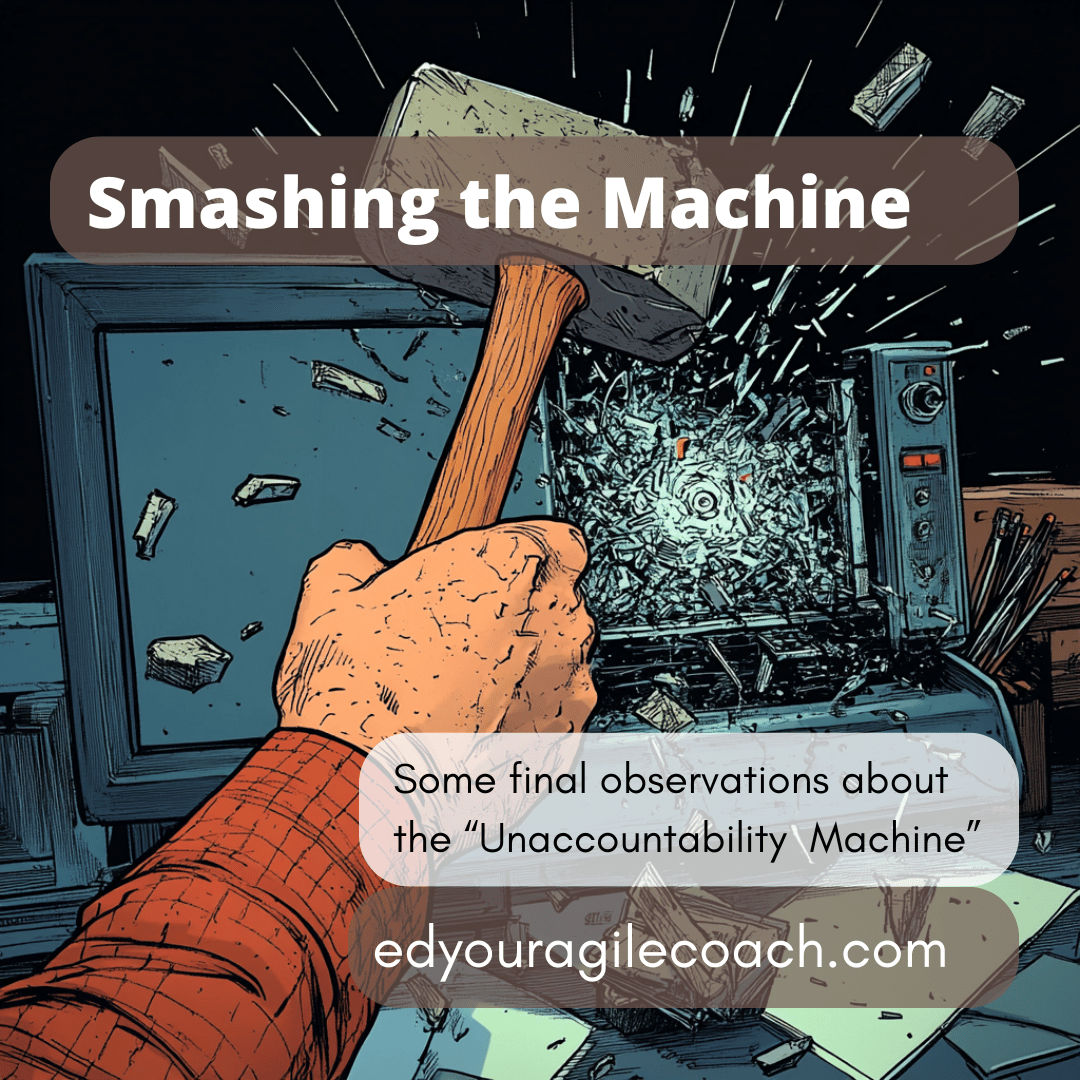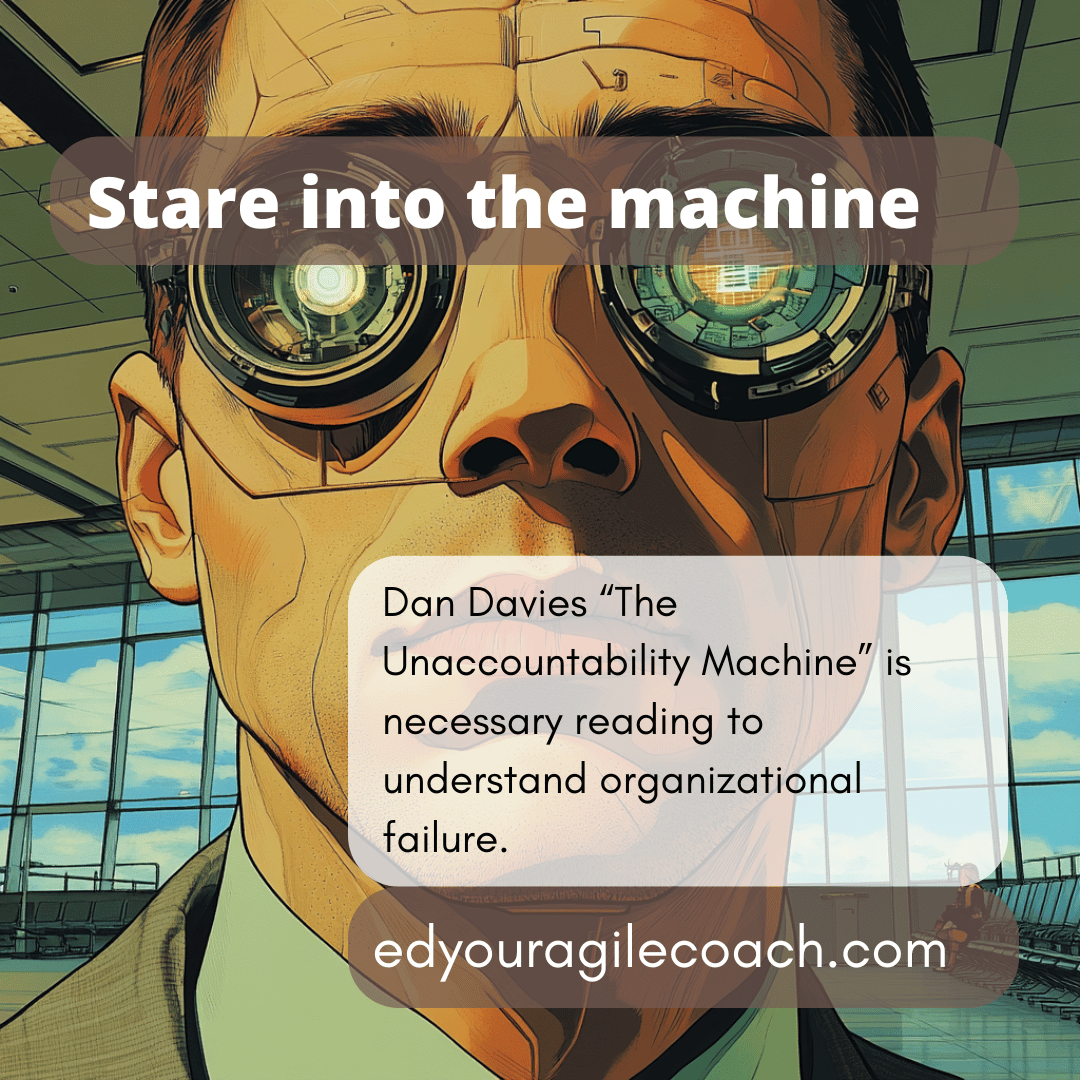Navigating Accountability in a Postmodern World

One of the biggest frustrations of contemporary life is the daily inconveniences we face. Airline flights are canceled, insurance claims are denied, and we need receipts to return something to the department store. The complexity of the world around us and the lack of control we face in commerce and business lead us to demand that someone in charge take responsibility and address our daily frustrations. We demand accountability from institutions, yet they respond with silence or apathy. Agile professionals must take time to explain this situation and propose answers to the predicament.
In 1979, Jean-François Lyotard published a book titled "The Postmodern Condition: A Report on Knowledge." In a dense 150-page pamphlet, Lyotard explained the difference between modern societies and postmodern ones. Lyotard explained that the postmodern period demonstrates a deep skepticism toward what are called metanarratives. A metanarrative is a story we tell as a culture or society. For example, the belief that business people have in the fairness of free markets is a metanarrative. Lyotard said in his book that people should approach these stories we tell ourselves with deep skepticism.
Lewis Walter points out that the postmodern world is incredibly complicated. Each system is so interdependent on others that a disruption in one area can throw the entire system off kilter. A classic example is weather in the airline industry. A series of thunderstorms around Dallas/Fort Worth can cancel flights as far away as Hawaii. A person expected to be home for dinner with family has no one to complain to because the airline industry depends on the weather to cooperate worldwide. Our world is postmodern because we are skeptical of metanarratives, and its complexity makes it impossible to hold systems accountable when they fail.
Dan Davies wrote a fantastic book on the subject of accountability, titled "The Unaccountability Machine." I have written exhaustively about this book and will share links to the articles below. The most significant takeaway from this book is the concept of an "accountability sink." An accountability sink is a process or system someone puts in place to avoid accountability. A system is accountable for a decision if it has the power to change a previous decision. For example, a restaurant could offer valet parking and charge a flat fee for its use. If business is slow, the owner or the restaurant could waive the fee and make valet parking free. The owner has other options, such as surge prices during busy periods or scrapping valet parking altogether because it is too expensive to hire a parking service.
Accountability like this works for a single business but what about an international corporation with billions of dollars in market capitalization. The business is often so complicated that it requires thousands of specialists working interdependently. A change in a vendor can have cascading effects around the organization. Policies and procedures are often the work of committees that set policies and then disband to take on other responsibilities in the business. It is why people frequently do things out of habit instead of investigating why they are doing it.
Since we live in a postmodern age where metanaratives are treated with skepticism and business and government systems struggle with accountability, what are we supposed to do as agile coaches? The most important thing we can do is ask why a system is set up the way it is, and if there is no adequate answer, we should transform it. This approach borrows heavily from Eliyahu M. Goldratt's theory of constraints, where instead of applying it to system constraints, we should focus on accountability sinks within the organization.
For those who need a refresher on this process, the focusing steps from the theory of constraints are:
- Identify the system's constraints.
- Decide to exploit the system's constraints.
- Subordinate everything else to the above decisions.
- Elevate the system's constraints.
- Go back to step one and avoid inertia to cause more system constraints.
It sounds like a simple five-step process, but it continues to confound even the most astute business professionals. We must understand the constraints and accountability sinks that dominate our business and devise creative solutions to overcome them. Only then can we move beyond our postmodern period toward a period of accountability.
Until next time.










Comments ()